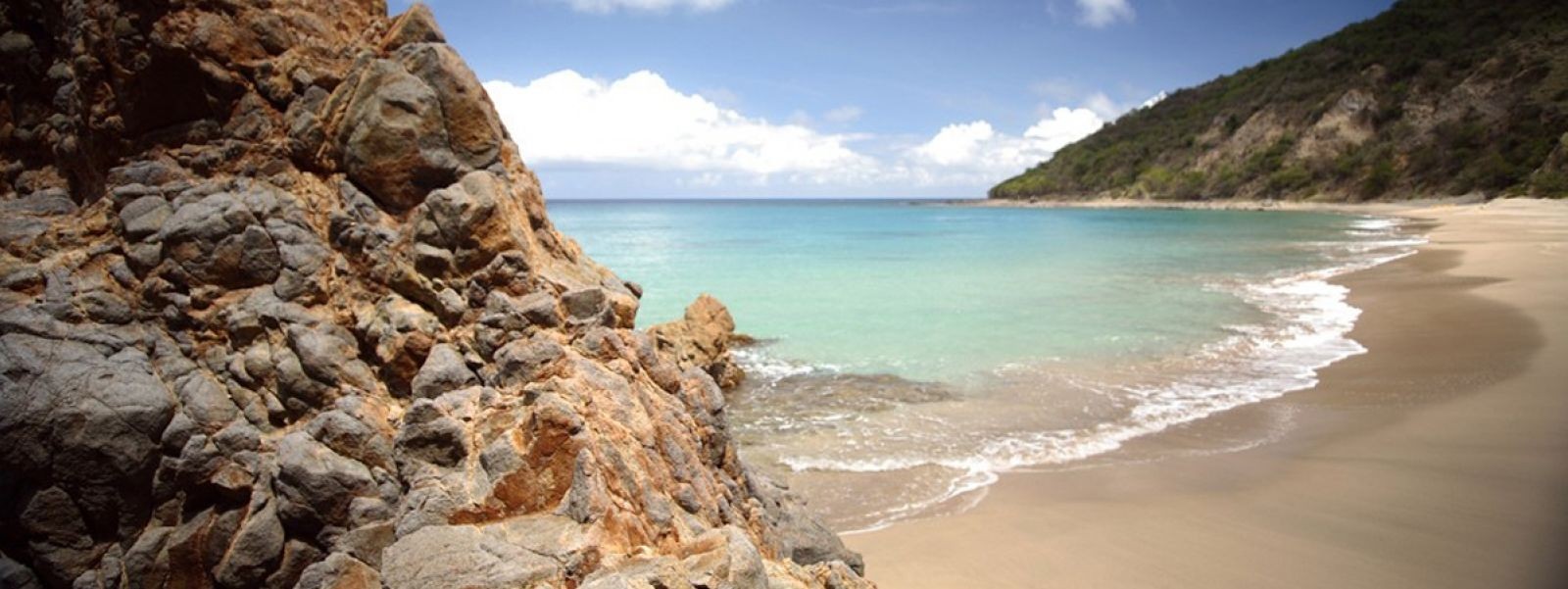Peaceful and tranquil, idyllic and verdant, Montserrat sits quietly in the northern part of the Lesser Antilles and enchants with its natural terrain. Being battered by volcanic eruptions and earthquakes in the past, only 1/3 of it is inhabited, leaving much to be experienced, seen, and done – things like those described in the guide below.
Visit the Ruins of Plymouth
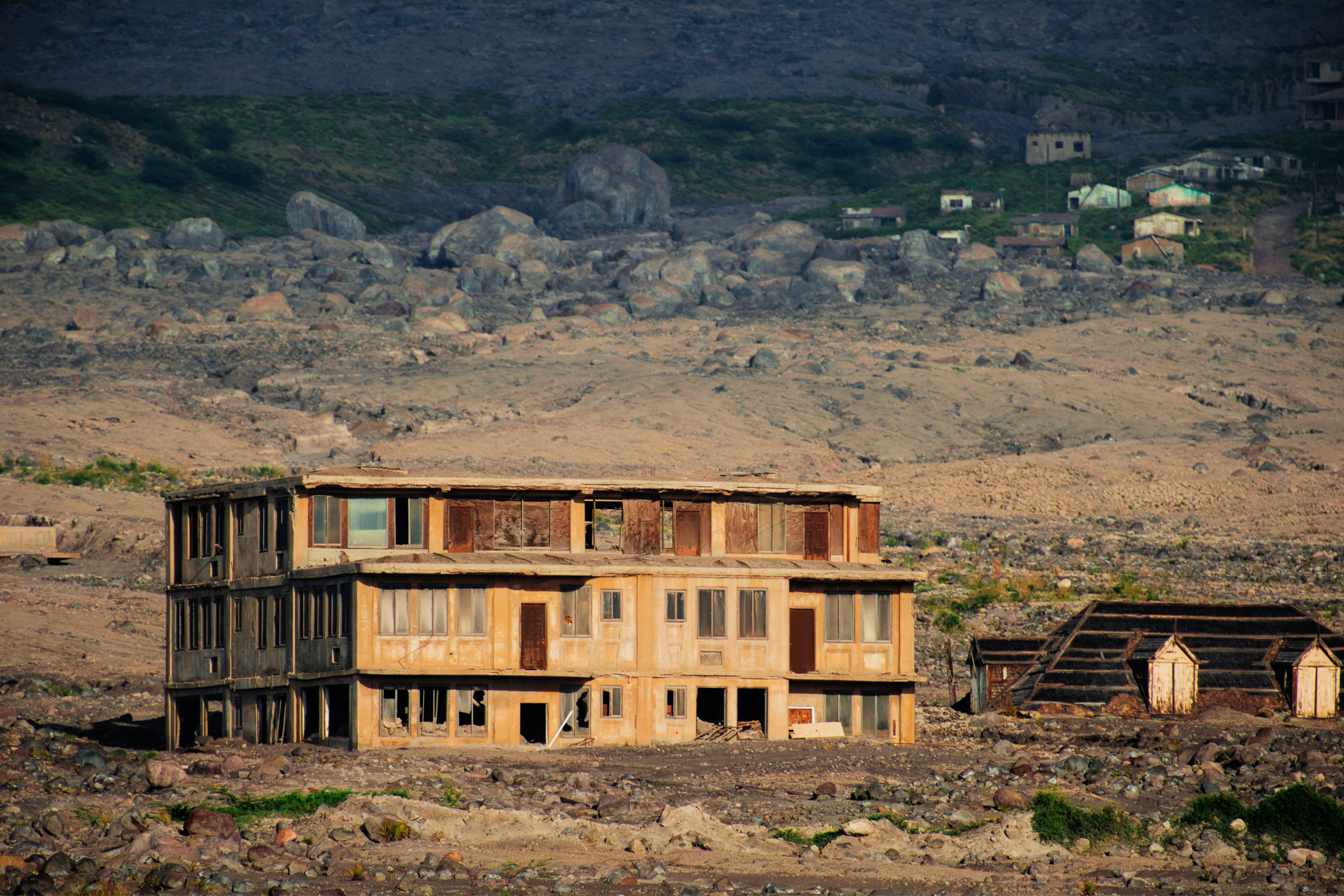
Also referred to as the Sunken City, Plymouth was once a Caribbean hot spot and host to rock and roll royalty that used to fly there to record music at the world-famous Air Studios. As expected, it was a bustling place on the island, before everything on, in, and around it was buried for a second time (the first was in 1989 when Hurricane Hugo struck) after the massive eruption of the Soufrière Hills Volcano. Now, Plymouth rests in silence some 12 metres (39 feet) below the surface of the earth with only a few ruined buildings reminding visitors of how life used to be. If you wish to go there, you will need to opt for a guided tour, though, as Plymouth is located in the exclusion zone that nobody can enter without authorisation.
Hike
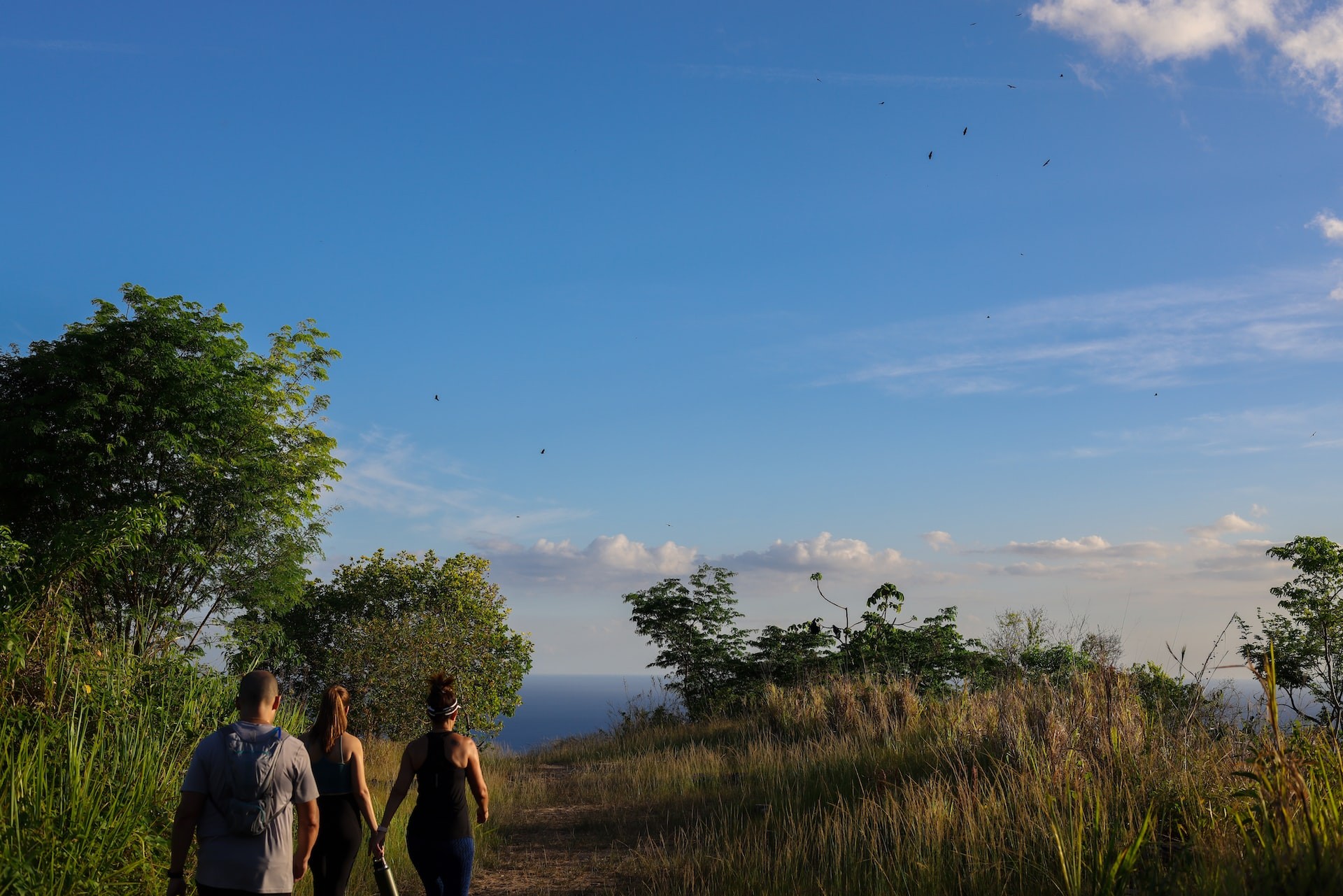
Hiking is definitely an activity that should be experienced at least once in Montserrat, considering the island’s mountainous terrain and fertile, vibrant lands. Also, the island’s volcanic origins have given birth to amazing valleys, dramatic peaks, and a dynamic topography hosting several microclimates that ensure the Centre Hills forest reserves (also one of the prime hiking areas) receive the much-needed rainfall. That aside, the more recent volcanic activity on the island has given way to even more exceptional hiking opportunities around Plymouth and Soufriere Hills.
Some of the most popular hiking trails are Rendezvous Beach Trail, Oriole Walkway, Montserrat Oriole, and Dry Waterfall Trail, which is also home to ancient stone carvings (aka petroglyphs) dating back around two millennia.
Scuba Dive
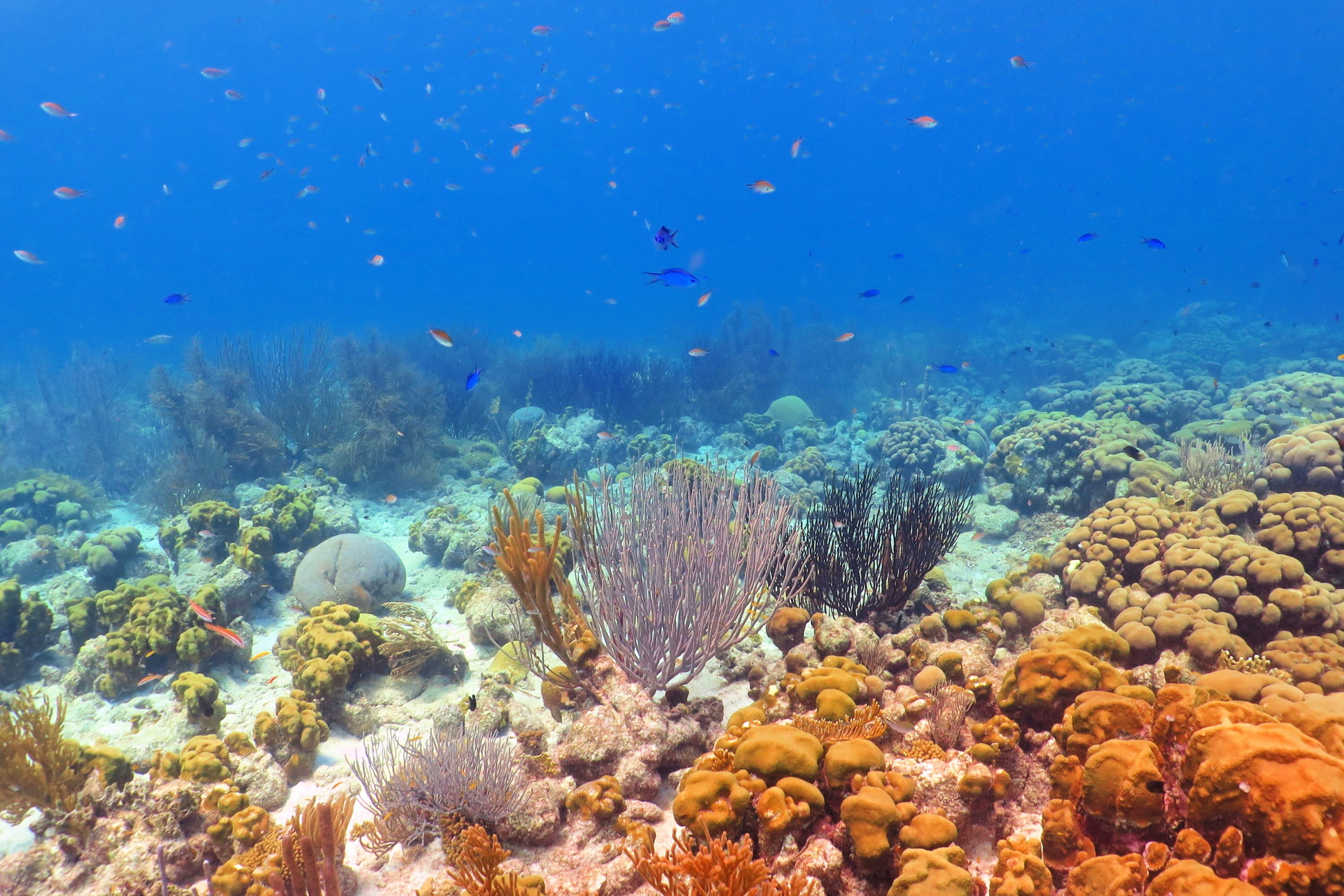
Due to the minimal human impact on Montserrat’s environment, the island’s sea is brimming with coral reefs and new coral growth. This means that the aquatic cosmos surrounding Montserrat is full of various schools of fish and underwater scenery that is nothing short of breathtaking. One of the most popular dive sites on the island is Rendezvous Bay, which is home to sections with both deep and shallow waters, although all the west coast and the shores around Little Redonda Island also attract many avid and experienced divers, primarily for the chance they get to explore the unspoiled marine environments in this particular region. As for the best time to go diving in Montserrat, the weather is warm year-round with sea temperatures averaging 27oC (80oF). However, many visitors prefer the dry season (from December to June) to have a lower risk of rain.
Snorkel
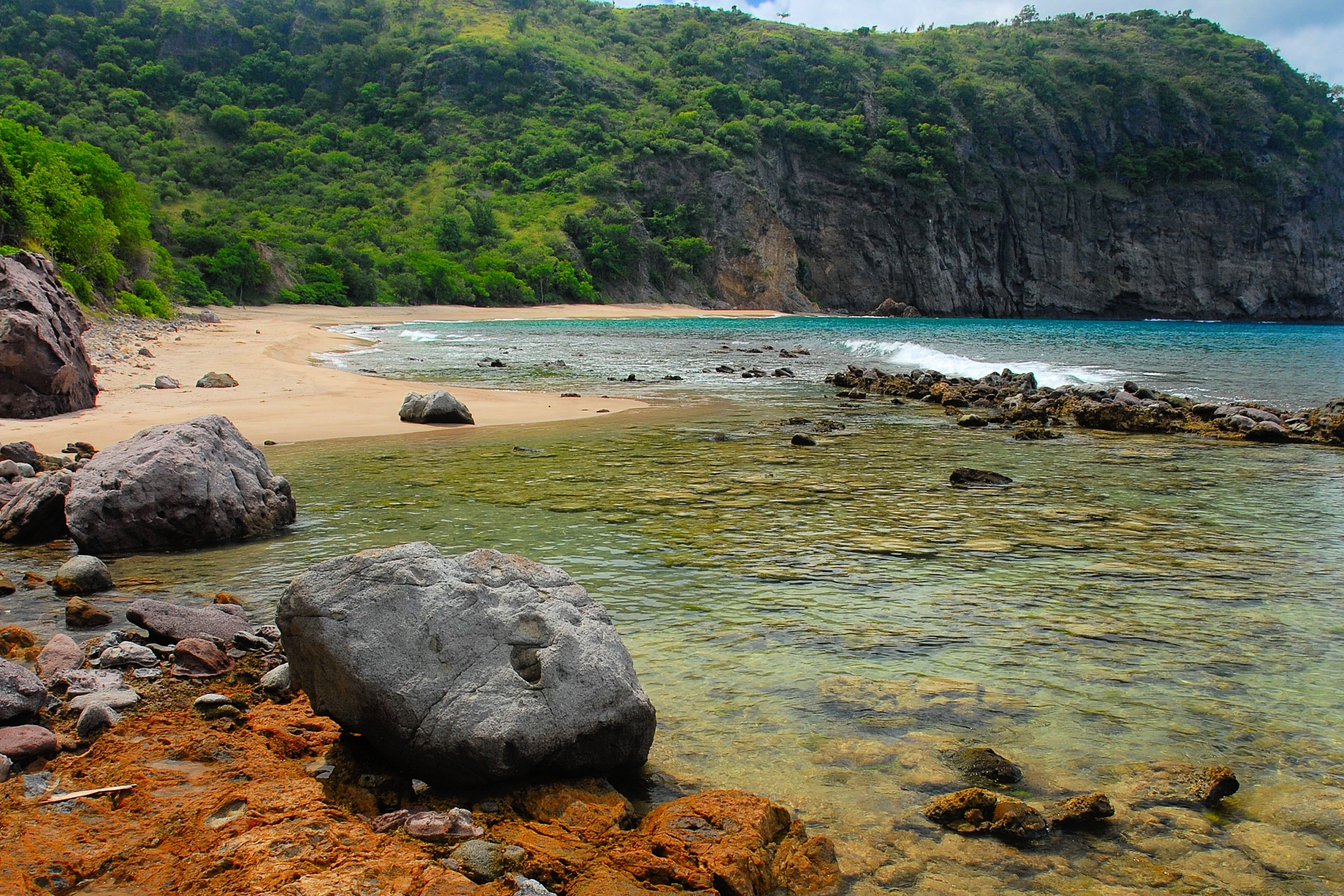
If diving is not up your alley, you can definitely go snorkelling, with the most popular snorkelling sites being Lime Kiln Beach and Rendezvous Beach. Other great spots to consider are Woodlands Bay, especially if you love snorkelling around shallow coastal reefs and their sweet inhabitants, such as copper sweepers and coral shrimps. We hope you are prepared for the underwater vistas opening up to you here, though! Bunkum Bay and Potato Hill Reef are equally exceptional snorkelling options enticing with vibrant colours, a sandy bottom, and a fantastic shelf slope full of marine life.
Tip: To augment your snorkelling venture, you could add kayaking to the mix and explore even further the Montserrat coasts and their fantastic natural landscapes.
Wander Through the Botanical Garden
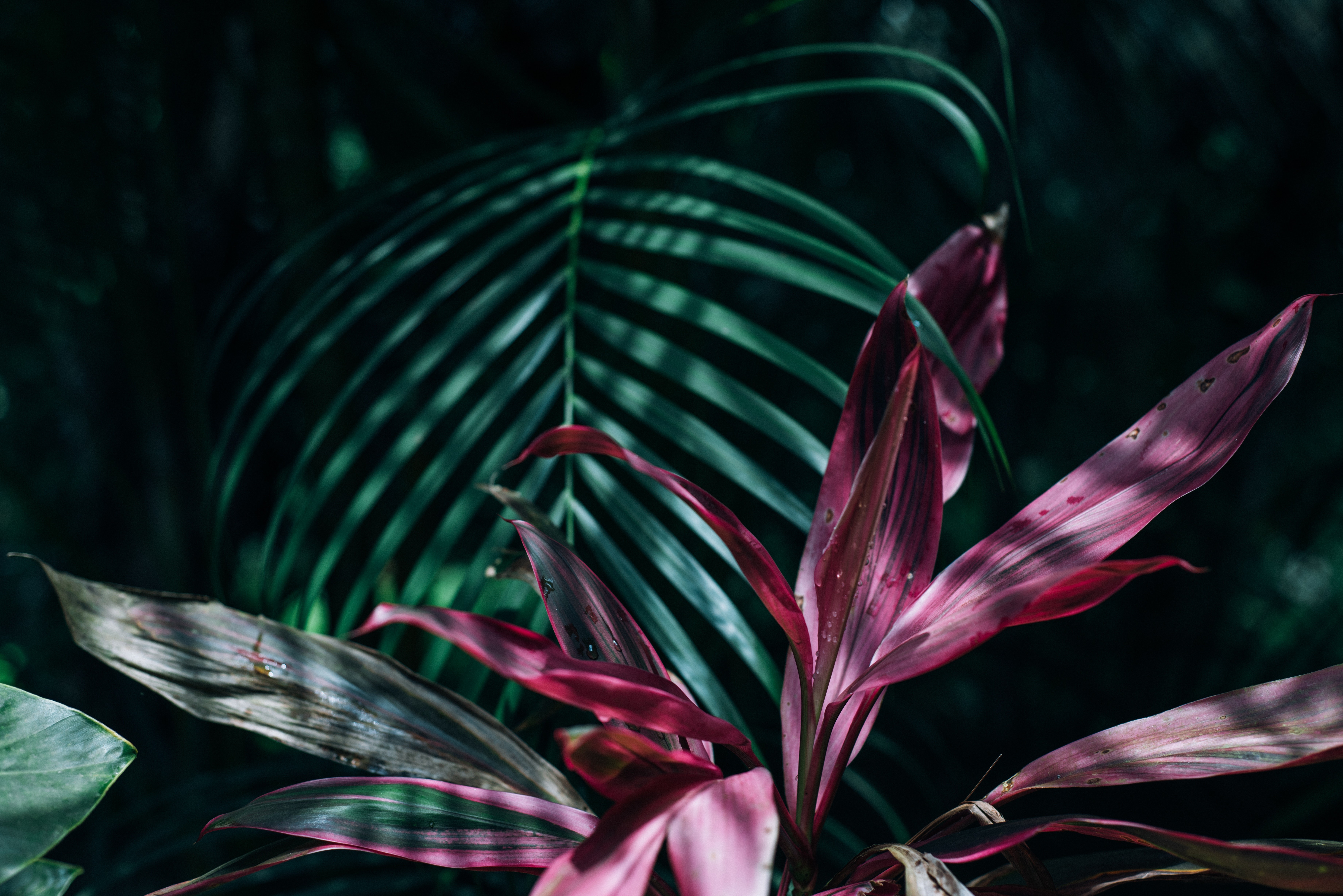
Most commonly known as the Montserrat National Trust, it is a place that houses the island’s botanical garden, as well as a library, history centre, gift shop, and cafe. Located in Salem, it is dedicated to the conservation of indigenous trees and plants, while raising awareness and appreciation for the Montserrat environment via a plethora of educational endeavours. After the disasters caused by the erupting volcano, the green land left on the island is hugely well taken care of, including the Botanical Garden, which also has the following features:
- Orchid House – You will find the endemic orchid that was found in the hills of Montserrat, along with other orchid species in this house, along with the vegetation necessary to create the most ideal conditions for these orchids to flourish. Over the years, the Orchid House family has even seen some hybrids been added to its collection.
- Medicinal Garden – This is where the plants with known medicinal properties that have been traditionally been used for their therapeutic attributes are transferred after being propagated in the specifically designed Nursery Area.
- Nursery Area – You can consider it a “hatching space”, where the plants that will be planted in the garden are documented and cultivated until they are old enough for transfer. However, the propagation of endemic plants, such as pribby (the Rondeletia Buxifolia) is done in a separate area within the Nursery.
- Seasonal Ghaut – All the water that overflows from the Botanical Garden’s cisterns (i.e., during a downpour) flows the Seasonal Ghaut, which dries up during the dry season, leaving a magnificent array of vegetation along the way.
Even if you are not much interested in all these educational details, visiting the Montserrat National Trust is one of the top things to do to feel one with Mother Nature and its wonders.
Other Things to do in Montserrat

- Opt for a boat tour either along the coastline and see local attractions like Hells Gate, the pinnacle rocks, the amazing beaches, and Little Redonds, or to other nearby islands. You may also consider a boat tour to the exclusion zone and see the volcanic terrain and what is left behind of the old Montserrat.
- Spoil yourself with dramatic views of Plymouth and the Soufriere Hills Volcano from atop Garibaldi Hill. From up there, you will also be able to see Salem, Old Road Bay, and Isle’s Bay.
- Get spectacular panoramas of the Soufriere Hills volcano from the Montserrat Volcano Observatory. Established in 1995, the scientists working there monitor the volcano and its activity with the help of advanced technologies and techniques, such as gas emission, ground deformation, and more. If you decide to get all the way up to the observatory, you will also be greeted with educational kiosks, spellbinding vistas, a 20-minute video displaying a burst coming from the Soufriere Hills Volcano, and a souvenir shop.
Peaceful and tranquil, idyllic and verdant, Montserrat sits quietly in the northern part of the Lesser Antilles and enchants with its natural terrain. Being battered by volcanic eruptions and earthquakes in the past, only 1/3 of it is inhabited, leaving much to be experienced, seen, and done – things like those described in the guide below.
Visit the Ruins of Plymouth

Also referred to as the Sunken City, Plymouth was once a Caribbean hot spot and host to rock and roll royalty that used to fly there to record music at the world-famous Air Studios. As expected, it was a bustling place on the island, before everything on, in, and around it was buried for a second time (the first was in 1989 when Hurricane Hugo struck) after the massive eruption of the Soufrière Hills Volcano. Now, Plymouth rests in silence some 12 metres (39 feet) below the surface of the earth with only a few ruined buildings reminding visitors of how life used to be. If you wish to go there, you will need to opt for a guided tour, though, as Plymouth is located in the exclusion zone that nobody can enter without authorisation.
Hike

Hiking is definitely an activity that should be experienced at least once in Montserrat, considering the island’s mountainous terrain and fertile, vibrant lands. Also, the island’s volcanic origins have given birth to amazing valleys, dramatic peaks, and a dynamic topography hosting several microclimates that ensure the Centre Hills forest reserves (also one of the prime hiking areas) receive the much-needed rainfall. That aside, the more recent volcanic activity on the island has given way to even more exceptional hiking opportunities around Plymouth and Soufriere Hills.
Some of the most popular hiking trails are Rendezvous Beach Trail, Oriole Walkway, Montserrat Oriole, and Dry Waterfall Trail, which is also home to ancient stone carvings (aka petroglyphs) dating back around two millennia.
Scuba Dive

Due to the minimal human impact on Montserrat’s environment, the island’s sea is brimming with coral reefs and new coral growth. This means that the aquatic cosmos surrounding Montserrat is full of various schools of fish and underwater scenery that is nothing short of breathtaking. One of the most popular dive sites on the island is Rendezvous Bay, which is home to sections with both deep and shallow waters, although all the west coast and the shores around Little Redonda Island also attract many avid and experienced divers, primarily for the chance they get to explore the unspoiled marine environments in this particular region. As for the best time to go diving in Montserrat, the weather is warm year-round with sea temperatures averaging 27oC (80oF). However, many visitors prefer the dry season (from December to June) to have a lower risk of rain.
Snorkel

If diving is not up your alley, you can definitely go snorkelling, with the most popular snorkelling sites being Lime Kiln Beach and Rendezvous Beach. Other great spots to consider are Woodlands Bay, especially if you love snorkelling around shallow coastal reefs and their sweet inhabitants, such as copper sweepers and coral shrimps. We hope you are prepared for the underwater vistas opening up to you here, though! Bunkum Bay and Potato Hill Reef are equally exceptional snorkelling options enticing with vibrant colours, a sandy bottom, and a fantastic shelf slope full of marine life.
Tip: To augment your snorkelling venture, you could add kayaking to the mix and explore even further the Montserrat coasts and their fantastic natural landscapes.
Wander Through the Botanical Garden

Most commonly known as the Montserrat National Trust, it is a place that houses the island’s botanical garden, as well as a library, history centre, gift shop, and cafe. Located in Salem, it is dedicated to the conservation of indigenous trees and plants, while raising awareness and appreciation for the Montserrat environment via a plethora of educational endeavours. After the disasters caused by the erupting volcano, the green land left on the island is hugely well taken care of, including the Botanical Garden, which also has the following features:
- Orchid House – You will find the endemic orchid that was found in the hills of Montserrat, along with other orchid species in this house, along with the vegetation necessary to create the most ideal conditions for these orchids to flourish. Over the years, the Orchid House family has even seen some hybrids been added to its collection.
- Medicinal Garden – This is where the plants with known medicinal properties that have been traditionally been used for their therapeutic attributes are transferred after being propagated in the specifically designed Nursery Area.
- Nursery Area – You can consider it a “hatching space”, where the plants that will be planted in the garden are documented and cultivated until they are old enough for transfer. However, the propagation of endemic plants, such as pribby (the Rondeletia Buxifolia) is done in a separate area within the Nursery.
- Seasonal Ghaut – All the water that overflows from the Botanical Garden’s cisterns (i.e., during a downpour) flows the Seasonal Ghaut, which dries up during the dry season, leaving a magnificent array of vegetation along the way.
Even if you are not much interested in all these educational details, visiting the Montserrat National Trust is one of the top things to do to feel one with Mother Nature and its wonders.
Other Things to do in Montserrat

- Opt for a boat tour either along the coastline and see local attractions like Hells Gate, the pinnacle rocks, the amazing beaches, and Little Redonds, or to other nearby islands. You may also consider a boat tour to the exclusion zone and see the volcanic terrain and what is left behind of the old Montserrat.
- Spoil yourself with dramatic views of Plymouth and the Soufriere Hills Volcano from atop Garibaldi Hill. From up there, you will also be able to see Salem, Old Road Bay, and Isle’s Bay.
- Get spectacular panoramas of the Soufriere Hills volcano from the Montserrat Volcano Observatory. Established in 1995, the scientists working there monitor the volcano and its activity with the help of advanced technologies and techniques, such as gas emission, ground deformation, and more. If you decide to get all the way up to the observatory, you will also be greeted with educational kiosks, spellbinding vistas, a 20-minute video displaying a burst coming from the Soufriere Hills Volcano, and a souvenir shop.




